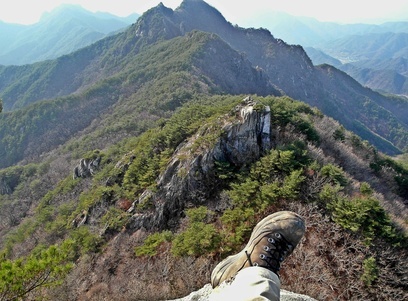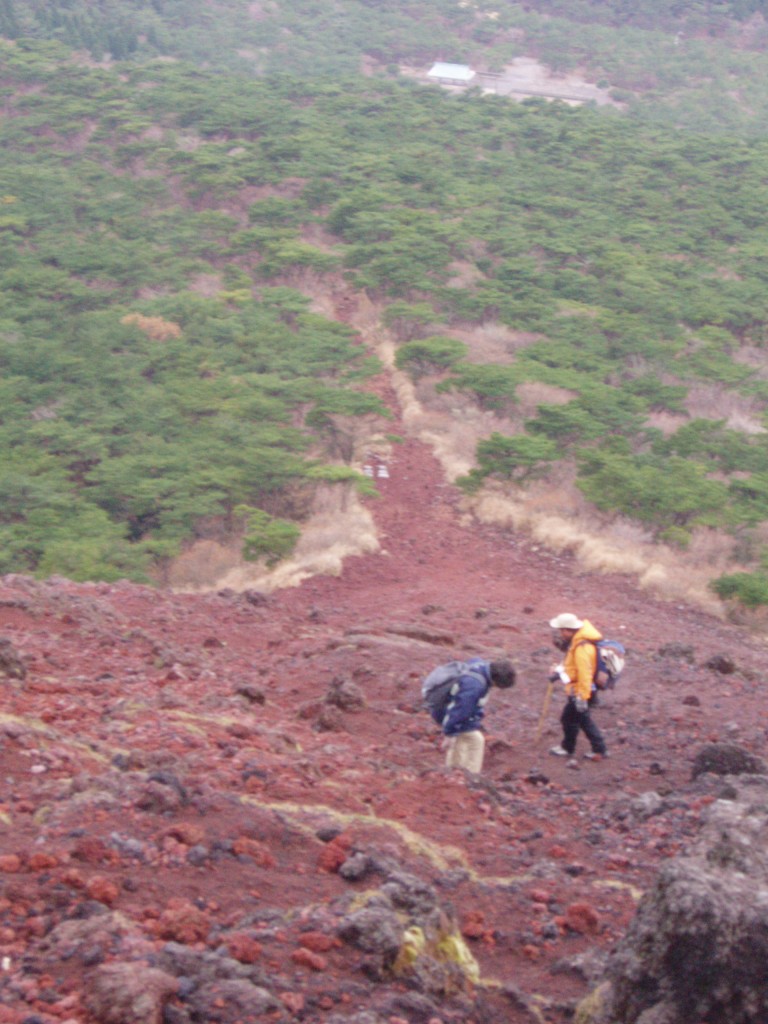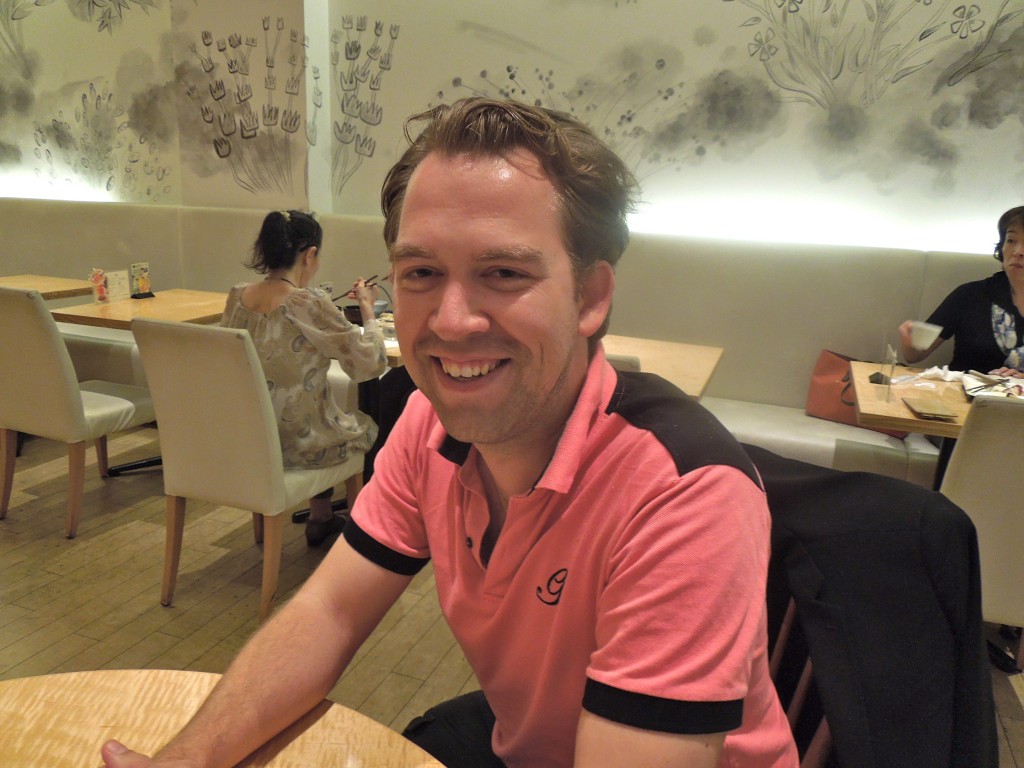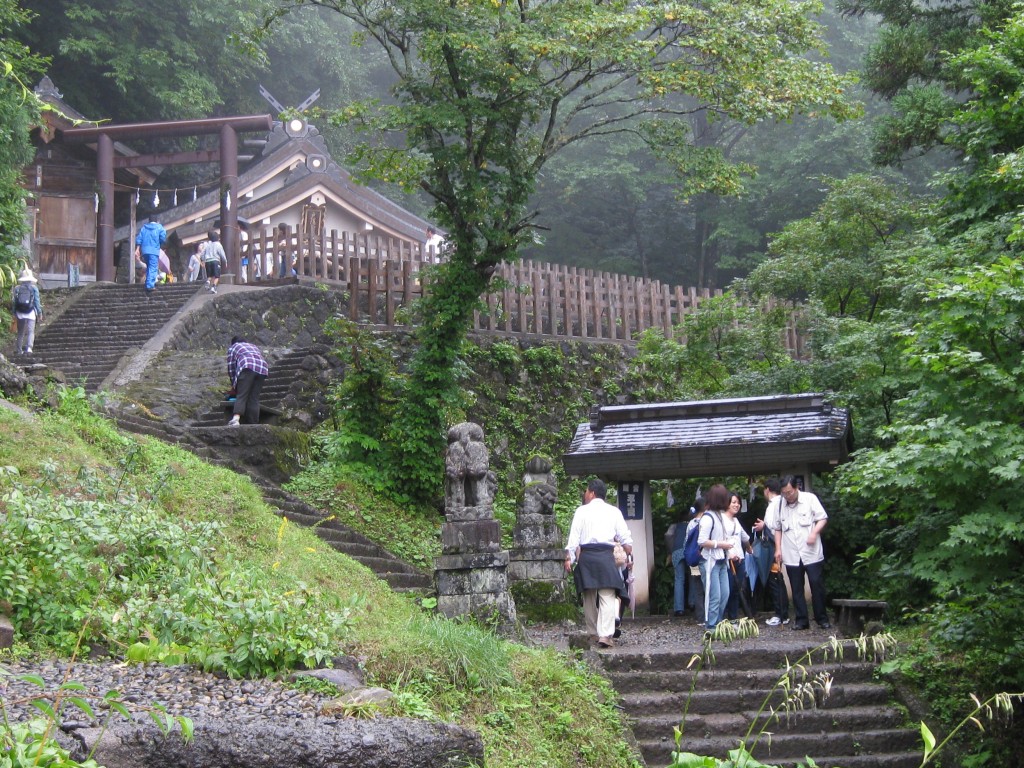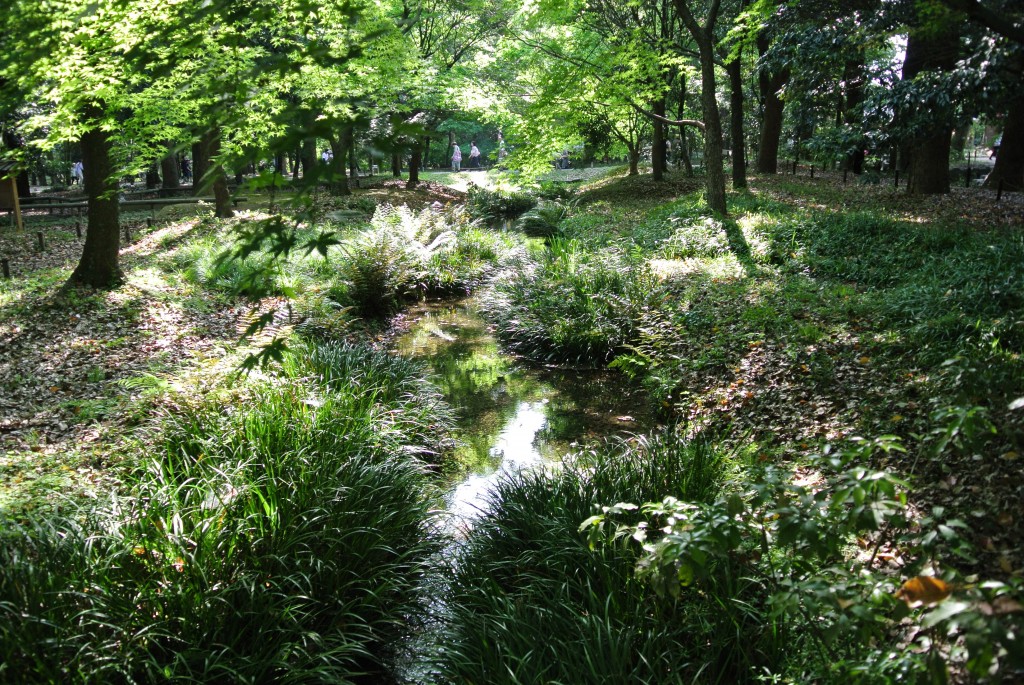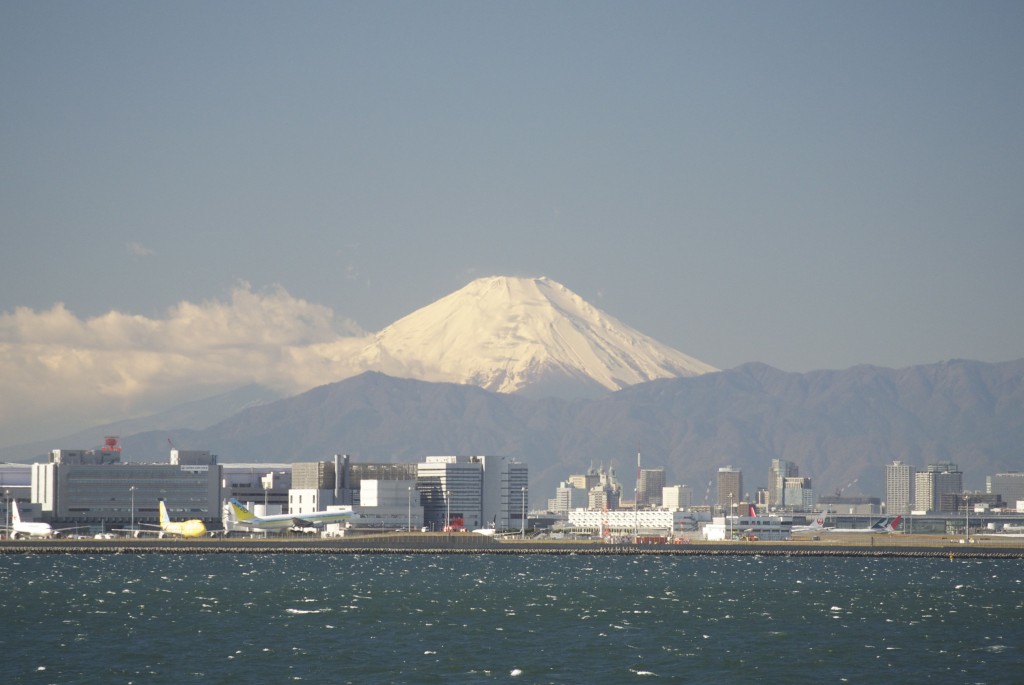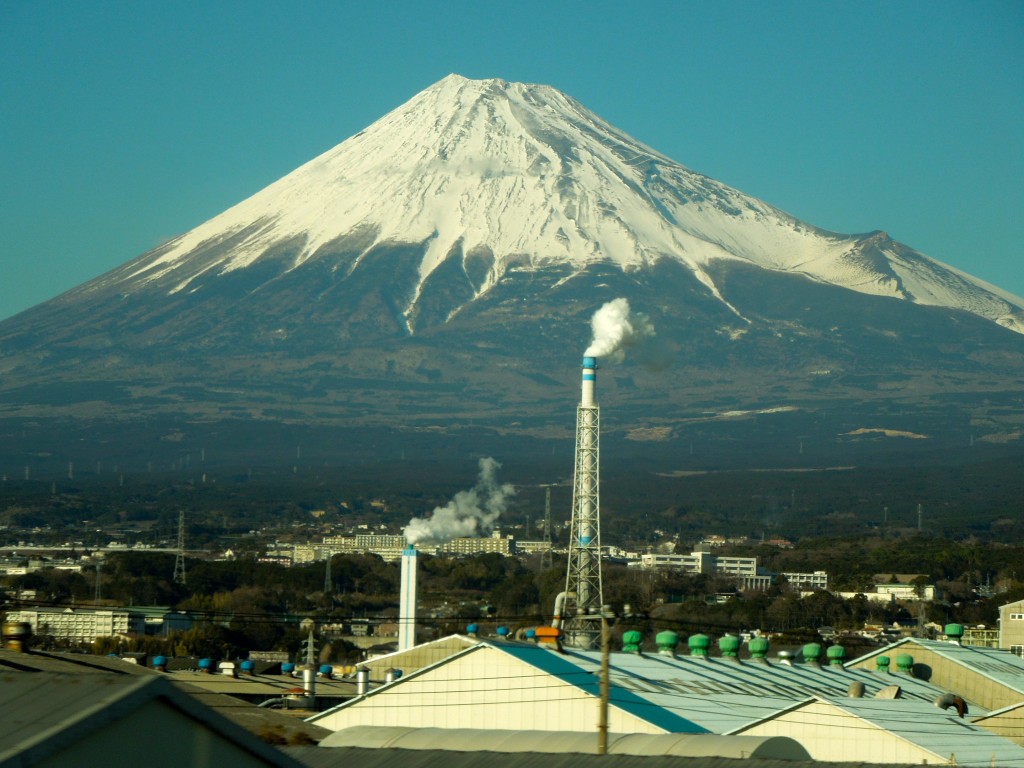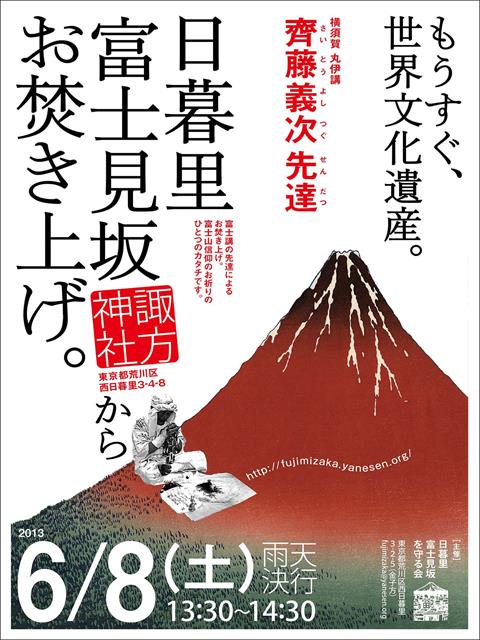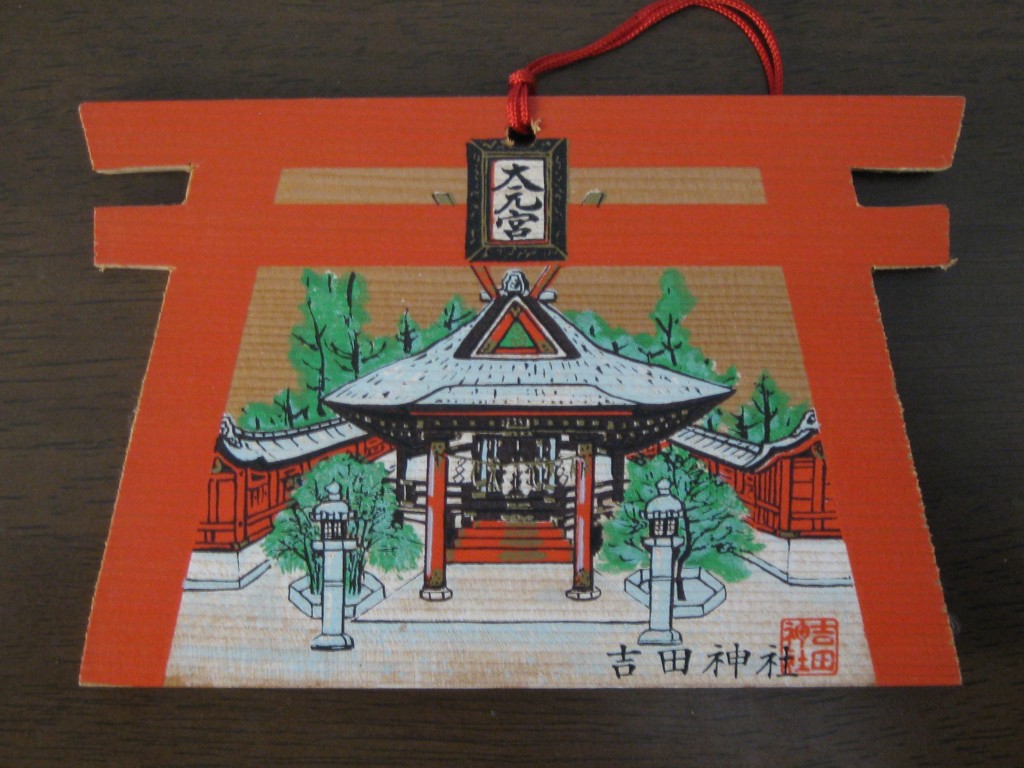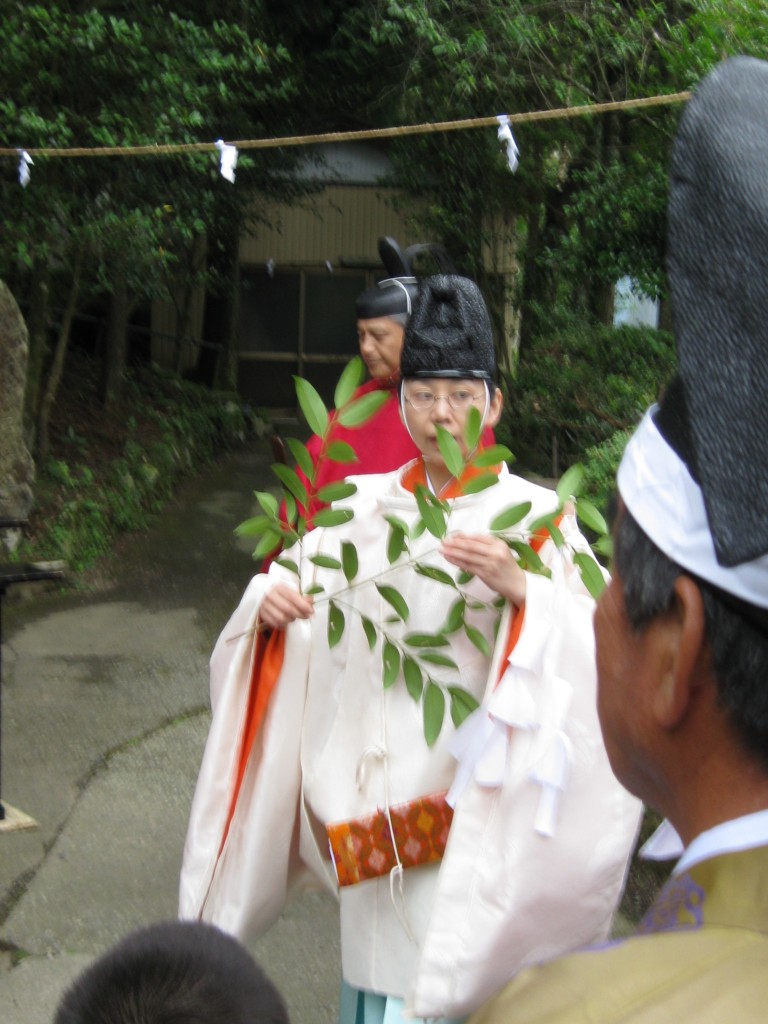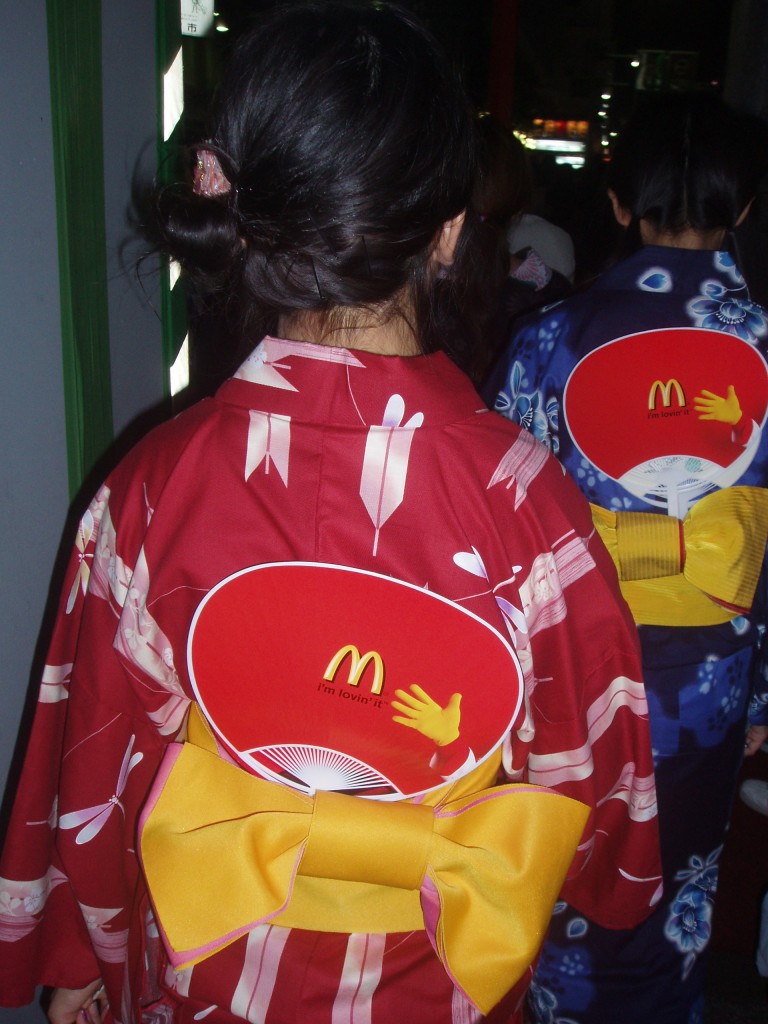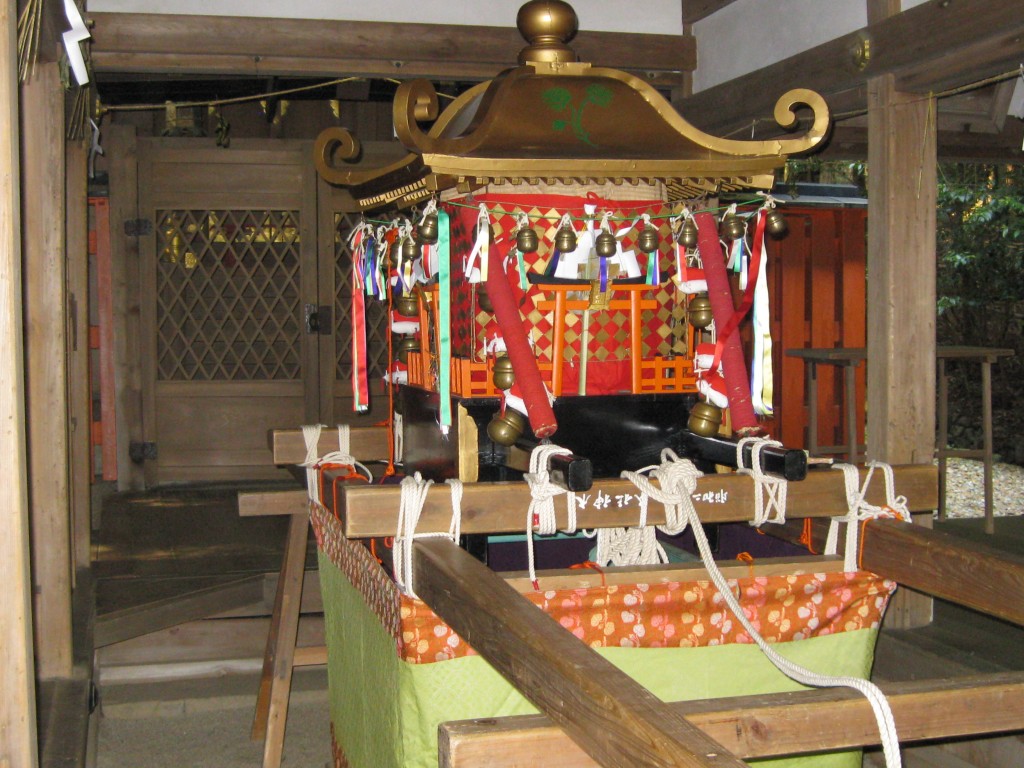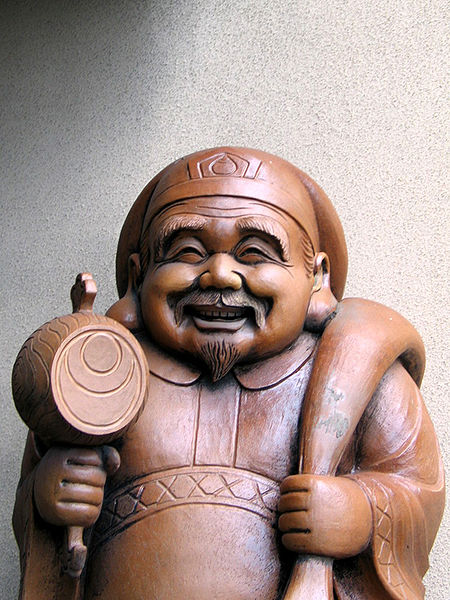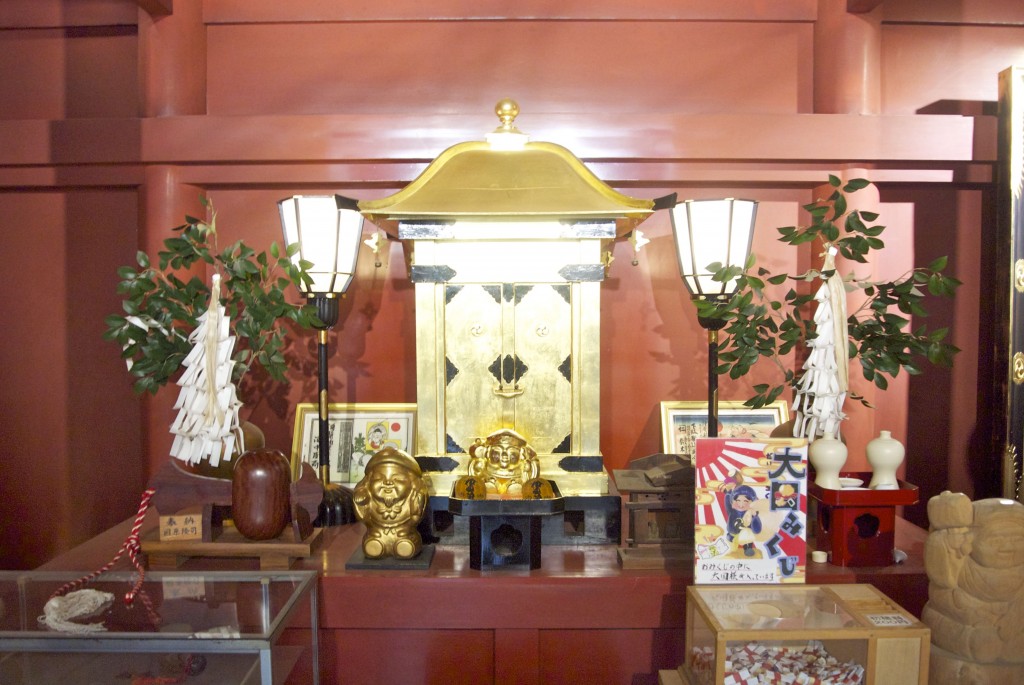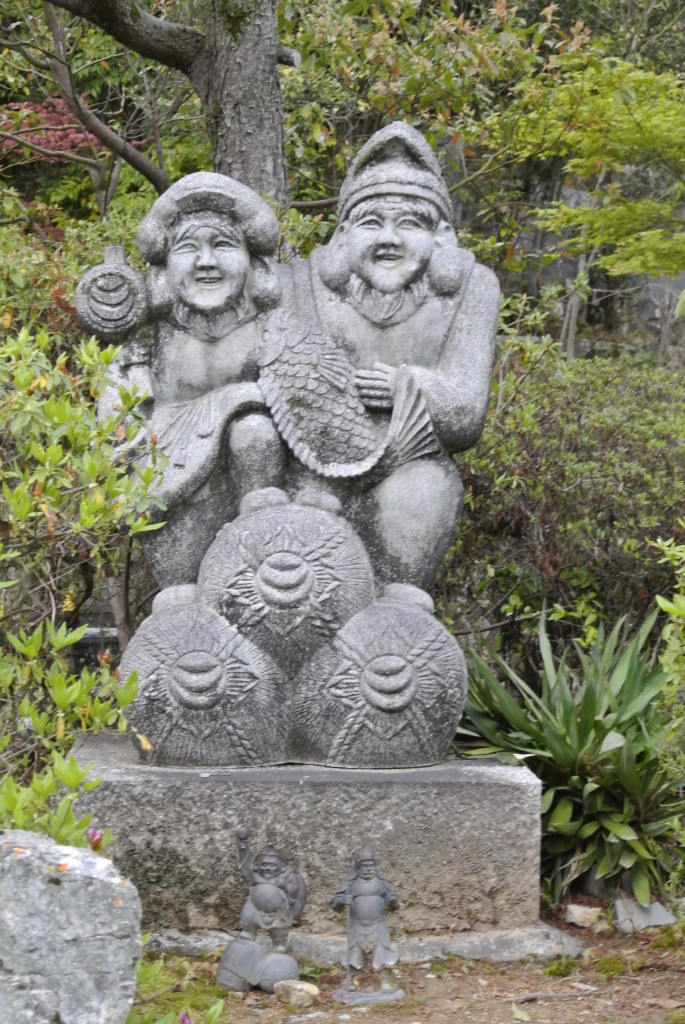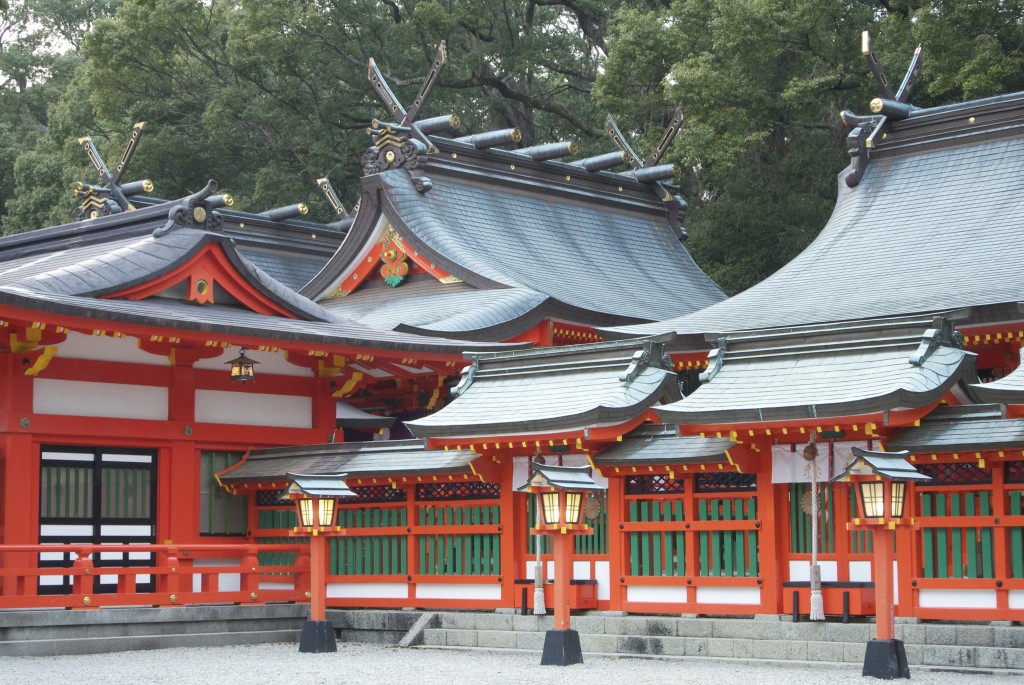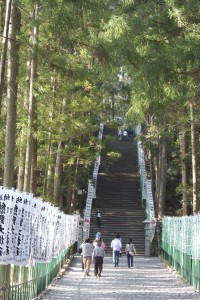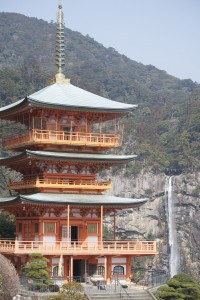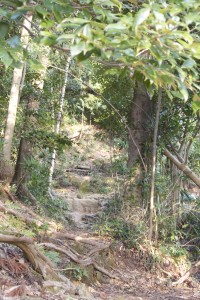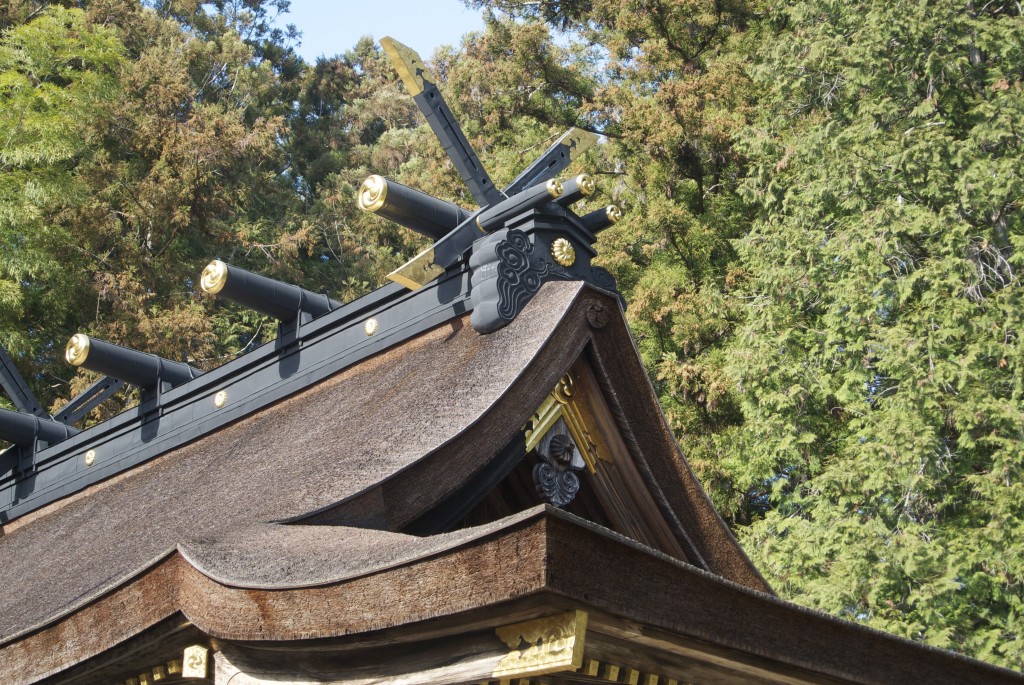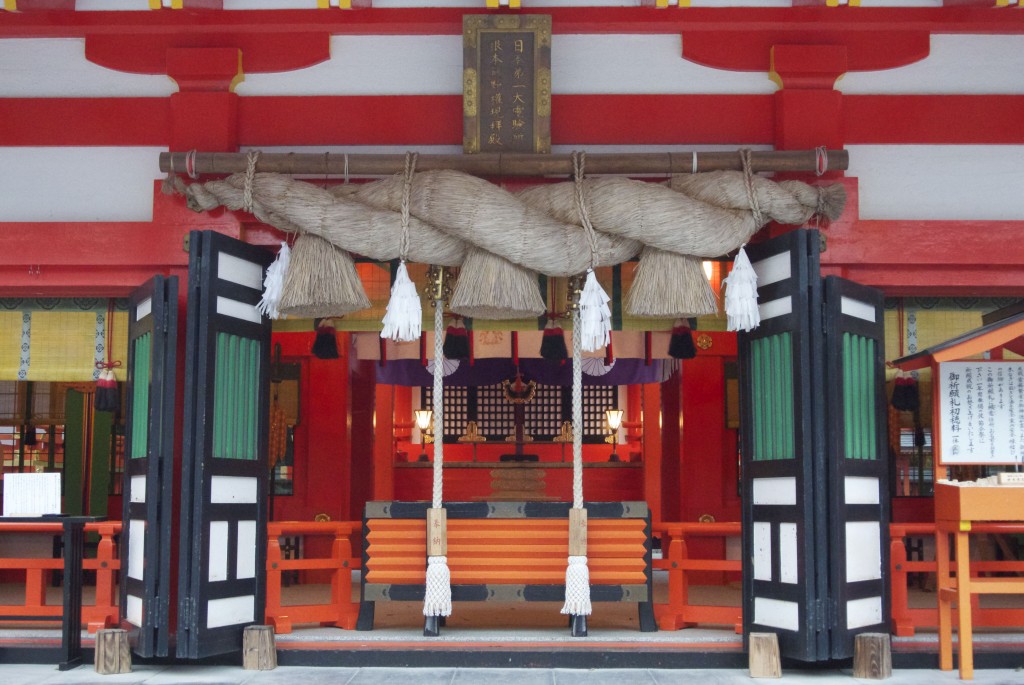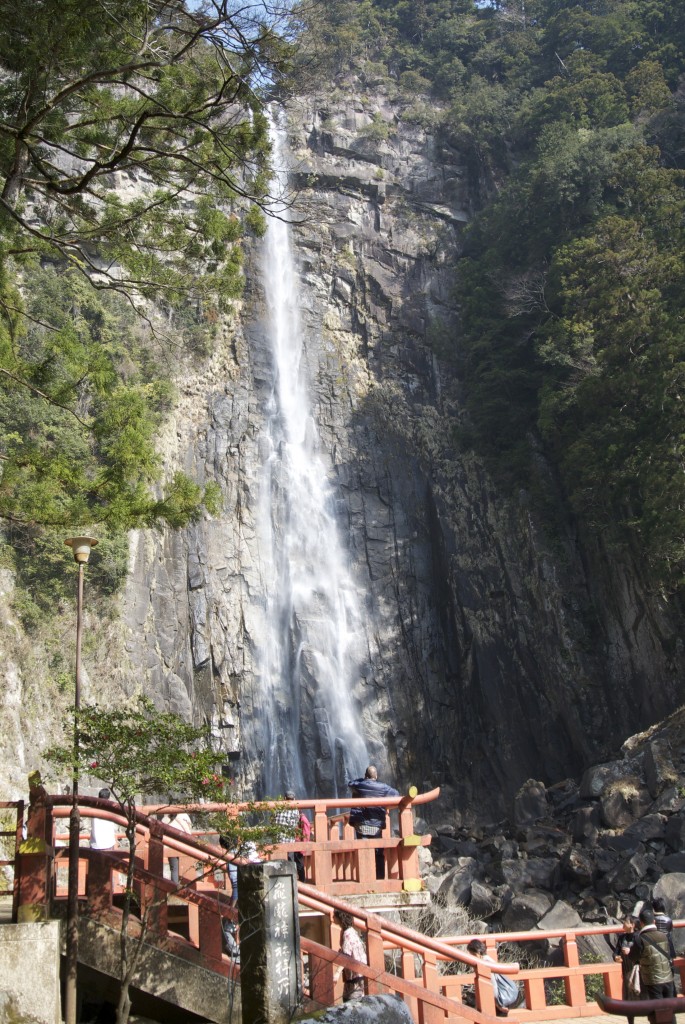“Welcome to Gajo, the Home of the Japanese Royal Family”
Thanks to Green Shinto friend, San-shin expert David Mason, for pointing out an intriguing item from a Korean poster about the small town of Gajo in the south-east of Korea, facing towards Tsushima and Japan. It makes the extraordinary claim of being the hometown of the Japanese imperial line, presumably some 1500 years or more ago.
Whether this is a publicity stunt, along the lines of the small village in Tohoku that claims to host the grave of Jesus Christ, I’m not sure. But since legend often holds a nucleus of truth, it would be nice to know when and how the idea first started…
It appears the connection rests upon the epithet High Celestial Plain, so the question arises as to how common the name was in former times – could it apply to any mountainous area, for instance, or was there only one?
********************************************************************
Article from Korean Trails By Andrew Douch
Gajo-myeon is a small town some 10km east of the county seat of Geochang, and 70km south-west of Daegu City. Visitors to the area are welcomed by signs reading “Welcome to Gajo, the Home of the Japanese Royal Family”
The plain of Gajo, was in ancient times known as Gocheonwon 고천원, “The Higher Celestial Plain”. According to information on the mountain, Japan’s two oldest historical books, Records of Ancient Matters (712) and “The Chronicles of Japan (720), name Gocheonwon as the home of the mythical ancestors of the Japanese Royal Family.
It is here where Amaterasu, the Shinto Goddess of the Sun, sent her Grandson Jimmu to earth some 3000 years ago to be the first ruler of Japan, beginning the family of Royal Emperors. Place names and sites in the small modest town of Gajo reveal their connection with the Japanese myth of Amaterasu, and the story of rivalry with her brother Susanoo, the god of storms and the sea.
Along the plain and through the mountain, nine sites are recognised and named to represent features of Gocheonwon.
In the heart of Gajo town is Masangni, the centre of the celestial plain. The Gods and Goddesses of the plain dwell in Gomalli-deul, among the rice fields on the present road to the mountain. Gungbaemi, to the east of town, is the location of the principle God’s palace. Baram-gul or Cheonseok-gul, on the ridge to Bigye-san, is the “Heavenly Rock Cave” where Amaterasu went into hiding. Dangmoe, on the summit of Bigye-san, is where all the roosters of the world gathered to crow after Amaterasu entered the cave, plunging the world into darkness.
At the foot of the mountain, west of town, is Dangjip, where the dancing goddess Ameno Uzme lured Amaterasu from her hiding place. Gaso-cheon, the current stream Gacheon-cheon, flows west of town and is where Amaterasu and Susanoo confronted each other. Above the plain rise the peaks of Udu-san, the gateway from the higher celestial plain into the heavens, where Susanoo descended to Earth.
It seems more than a little unusual that the location of Japan’s mythical foundation could be in the rugged back-country of northern Gyeongsangnam-do, in what is now a modest farming town, particularly considering the “Heavenly Rock Cave” is celebrated by shinto at Ama-no-Iwato, a cave in Takachiho, Miyazaki Prefecture.
I think perhaps the locals here have taken some factual liberties. Perhaps these places were given their names by Japanese colonisers and stuck, or maybe the locals like to think their ancestors were responsible for founding Japan – unlikely methinks.
There is however some belief that the Japanese Royal blood-line has a Korean influence. From Wikipedia:
“It has been theorized that the Japanese imperial line has Korean ancestry. As reported in National Geographic, Walter Edwards, professor of Japanese studies at Tenri University in Nara, states that “Blood links between Korea and the Japanese imperial family are documented from the eighth century. Even the current emperor [Akihito] has said that he has Korean ancestry.”
Since 1976, foreign archaeologists have been requesting access to the Gosashi tomb which is supposed to be the resting place of Emperor Jingu, but these requests have been denied. In 2008, Japan gave foreign archaeologists limited access to the site, but without allowing any excavation. As National Geographic wrote, Japan “has kept access to the tombs restricted, prompting rumors that officials fear excavation would reveal bloodline links between the “pure” imperial family and Korea”
Mt Takachicho in southern Kyushu, where according to Japanese mythology the ancestor of the emperor, Ninigi no mikoto, descended to earth, bearing Amaterasu's mirror


